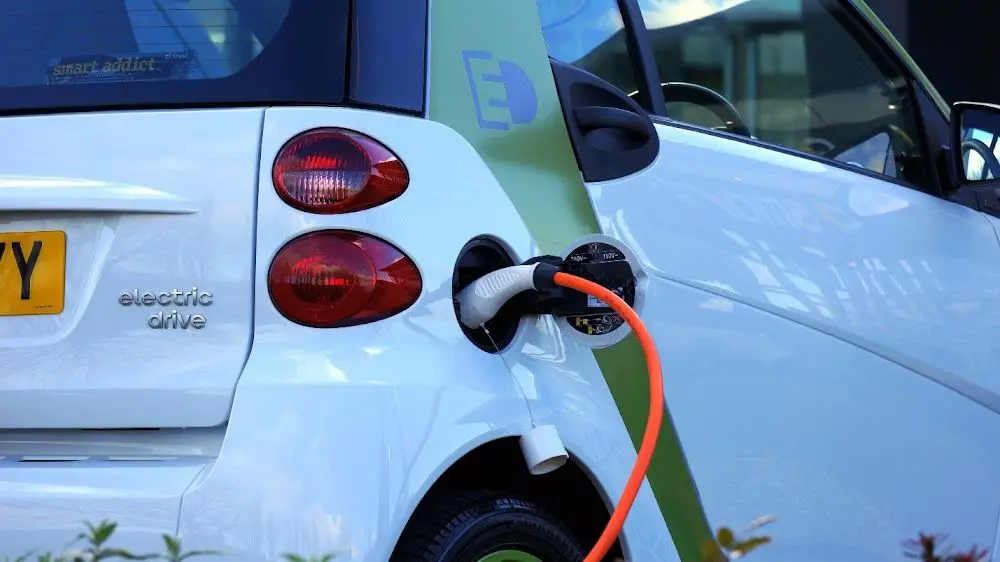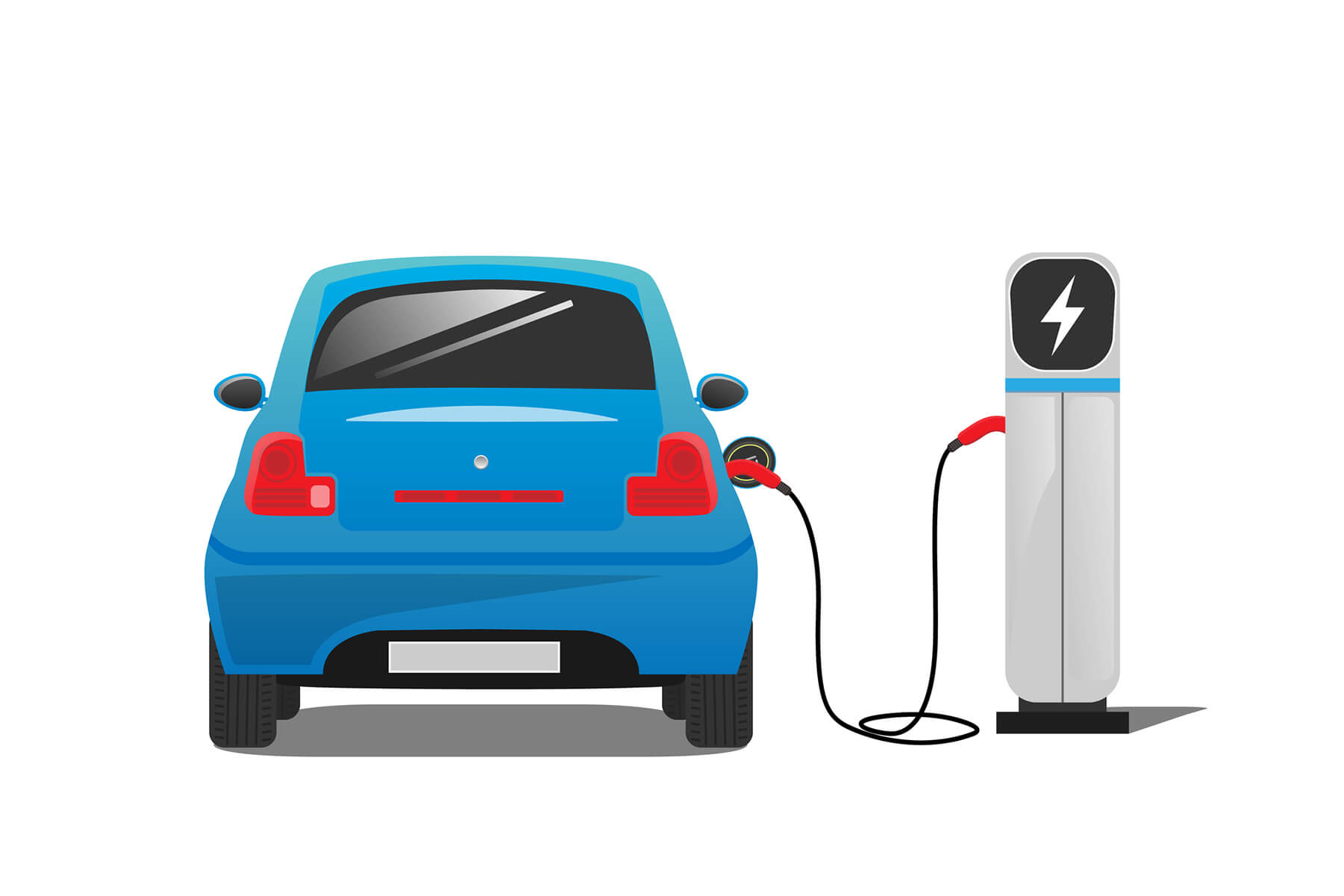Where do the raw materials for electric vehicles come from?
In an electric vehicle or hybrid electric vehicle, the electric motors are powered by a rechargeable battery.


In an electric vehicle or hybrid electric vehicle, the electric motors are powered by a rechargeable battery. The most common chemistries for electric vehicle batteries are Lithium-ion (Li-ion), Nickel Manganese cobalt (NMC), Nickel Metal Hydride (Ni-MH), Lithium Sulphur (Li-S), and Lead-Acid. Nickel-metal hydride batteries are often used for hybrid cars instead of Lithium-ion.
Aside from the different types of chemistries, there are different formats for electric car batteries: cylindrical, prismatic, and pouch cell. Cylindrical cells are the cheapest to manufacture, prismatic cells can store more energy, deliver more power, and have better heat management, while pouch cells use space more efficiently and deliver the most power. Modern electric vehicles mainly have lithium-ion and lithium polymer batteries due to the relatively higher energy density compared to weight.
The major materials required in lithium-ion batteries are the chemical components lithium, manganese, cobalt, graphite, steel, and nickel. These components all have different functions in the typical electric vehicle battery that contribute to improved performance.
Read: Lithium-ion battery, how does it work?
Lithium
Lithium-ion batteries internally move lithium ions from one layer, known as the anode, to another, known as the cathode, to generate power. Lithium-ion batters are more convenient to use in electric vehicles because compared to lead-acid or nickel-metal hydride batteries, lithium-ion batteries offer higher energy densities, making it possible to reduce battery size while maintaining storage capacity.
Read: How To Dispose Of Electric Car Batteries
Manganese
Safety is the main reason manganese is used in lithium-ion batteries. Because of its increased energy density properties and reputation for stability, manganese is known to increase capacity and improve driving range. Additionally, manganese reduces the combustibility of electric vehicle batteries, which is problematic with lithium-ion batteries that contain cobalt.
Read: Lithium-ion battery, how does it work?
Cobalt
Cobalt helps extend the life of batteries, which manufacturers typically guarantee for eight to ten years, and it also guarantees that cathodes do not quickly overheat or catch fire.
Graphite
Graphite plays a critical role in the anode that stores lithium ions. Most commercially available lithium-ion batteries employ graphite due to its good cycle stability and energy density.
Steel
Steel provides the best balance of strength, mass reduction, performance, cost, and environmental impact. Steel is the preferred material for today's automobiles and will continue to be the preferred material for vehicles in the future.
Nickel
Electric vehicle batteries contain nickel, jet engine turbines employ nickel alloys, and passenger trains and subways use stainless steel that contains nickel. Materials containing nickel provide improved corrosion resistance as well as dependable and effective electrical and spark systems.
Read : Environmental concerns related to the mining of battery materials.
Material Shortages
There are growing concerns about the continuous supply of these raw materials for the manufacture of electric vehicle batteries. When considering the resources available on the planet and the ability to cost-effectively extract them with the available technology. According to analysts, there could be a potential shortage in the global mining capacity to mine the number of raw materials required to meet the projected demand for electric vehicles.
Read: Electric Car Battery Life and technology around it.
For example, there are projections that the proportion of cobalt could decrease significantly to about 60g/kg dry cell weight from 200g/kg. For this reason, Tesla is attempting to produce cars that are about $10,000 cheaper by employing cobalt-free batteries. For lithium, there are currently no indications of a possible shortage soon, but environmental problems associated with poor disposal of lithium batteries continue to persist.
Read: Impact of Fast Charging On EV Batteries
Source:
i) By Blaise Manga Enuh, Ph.D (2022) What Materials are Used to Make Electric Vehicle Batteries?




